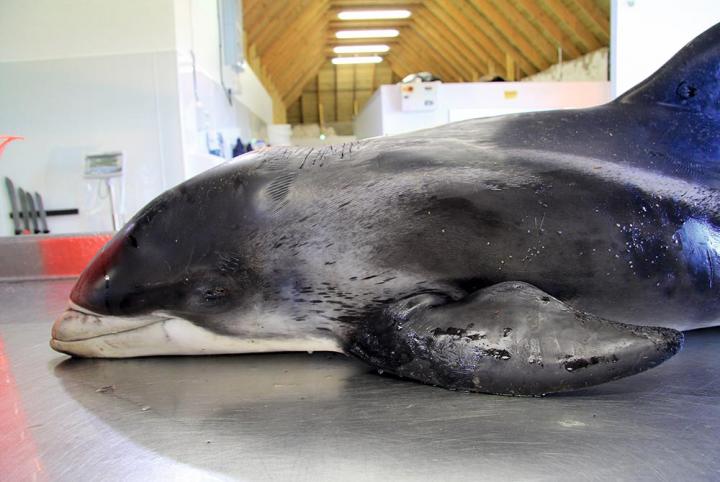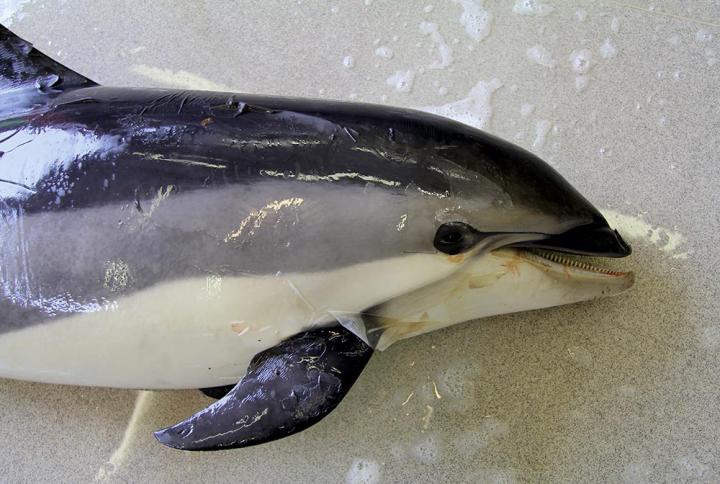White-beaked and Atlantic white-sided dolphin conservation genomics
This project aims to resolve population genomic structure, habitat shifts and disease status in two Lagenorhynchus species to inform conservation management

Both Lagenorhynchus species are endemic to the North Atlantic and the North Sea and represent the only two members of their genus in the North Atlantic. They are among the commonest cetaceans in the North Atlantic, but significant knowledge gaps remain about their abundance, distribution, genetic structure, and health status. Because cetaceans represent important indicator organisms for overall ocean health and ongoing environmental changes, filling these gaps is of high interest. In 2019, this has been recognized by the Agreement on the Conservation of Small Cetaceans of the Baltic, North East Atlantic, Irish and North Seas (ASCOBANS), classifying both Lagenorhynchus species as priority conservation species.

Marine strandings represent an important tool in conservation biology, especially in highly mobile and elusive cetaceans, which are difficult to study through classic survey and sampling methods. Investigating animal strandings is important for assessing population health and identifying recent changes in distribution, suggesting several important research questions that need to be addressed to enhance current conservation efforts.
This project aims to take advantage of a large tissue data bank that has been collected by the Scottish marine animal stranding scheme (SMASS) throughout the last three decades. High-throughput sequencing methods will be used to identify fine-scale population structure within both species to detect potential units for conservation management. Further, this project sets out to combine metadata such as pathological and distributional records with genomic data to get insights into recent habitat shifts and population disease status as well as their connection to genotypes and to environmental changes throughout the sampling period.
For further information on this project, please contact Marc-Alexander Gose.
Learn more about the value of strandings for conservation science or report a stranded animal at https://www.strandings.org


